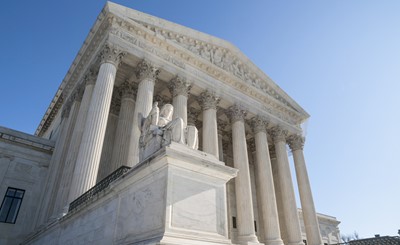Trends defined through most recent Adoptions and Foster Care Analysis Reporting System (AFCARS) data

The latest compilation of data from the AFCARS report demonstrates a double digit increase in the number of children within the foster care system over the last 10 years. A critical factor in that increase relates to the current opioid epidemic, which is affecting all states and their child welfare agencies. Of the 437,465 children in the foster care system during Federal Fiscal Year (FFY) 2016, approximately 68.1% (or 296,643) of the children were placed as a result of drug abuse or neglect and parents’ incapacity to care for their children. These numbers support the growing number of reported cases of opioid abuse across the country.
A recent report by the Administration for Children and Families’ (ACF) Children’s Bureau compared state submitted data from FFYs 2007 through 2016 and identified five key trends being seen throughout the national child welfare system. The following is an excerpt from that report, Trends in Foster Care and Adoption: FY 2007 - FY 2016.
Numbers of Children in Foster Care: After declining by nearly 19% percent between FY 2007 and FY 2012 to a low of 397,000, the number of children in foster care on the last day of each fiscal year since has shown an increase, however the percent increase from 2015 to 2016 was 2.3% which is lower than FY 2014’s 3.2% increase and FY 2015’s 3.1% increase.
Entries into and Exits from Foster Care: Trends for children entering the system follow a similar pattern. Beginning with FY 2007, number of entries to care generally declined through FY 2012 to 251,000, increased slightly to 255,000 in FY 2013 and continued to rise to 274,000 in FY 2016. The number of exits, which reached a peak most recently in FY 2007 at 295,000, had been on a continual decline to 237,000 in FY 2014 before increasing to 250,000 in FY 2016.
Children Waiting to be Adopted: The numbers of children waiting to be adopted are a subset of those in care on the last day. As numbers of children in care were declining, the numbers waiting for adoption declined, as well. Similarly, in the last four years a slight increase in the numbers of children waiting for adoption has been observed, moving from a low in FY 2012 of 102,000 up to 118,000 in FY 2016. The percentage of children who are defined as waiting to be adopted has remained stable over the last decade, averaging between 26 and 27% of children in care on the last day.
Children Waiting to be Adopted Whose Parents’ Rights Were Terminated: The percentage of children waiting to be adopted whose parents’ parental rights had been terminated has shown a continuous decline, from nearly 63% in FY 2009 to 55% in FY 2016, however the decrease in the percentages have been minimum since FY 2013 in particular (much less than one percentage point per year). Each FY since 2013 there has been an increase in the absolute numbers of children whose parent’s rights were terminated, increasing from 58,700 in FY 2013 to 65,300 in FY 2016.
Children Adopted: The number of adoptions that are finalized each year has remained relatively flat (ranging between 50,700 to 53,600) over the last decade, with the exception of FY 2009, when the numbers rose to over 57,000. Since then, the numbers have leveled off again, similar to the two years prior to FY 2009, to nearly 51,000 in FY 2013 and FY 2014, and 53,600 in FY 2015 and FY 2016 represents a second year of increases in adoptions to 57,200, matching the number of adoptions in FY 2009. As a proportion of the exits, adoption has remained very stable, making up about 21% of the discharges each year since FY 2009.
The FFY 2016 AFCARS Report is available here.
